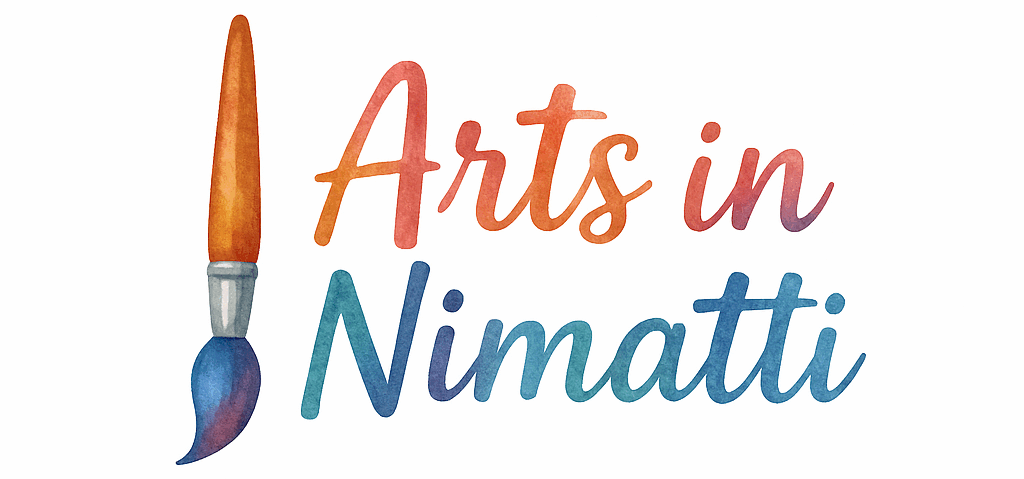Being a successful artist is more than just having talent – it’s about adopting the right habits that fuel your creativity and help you stay productive. If you want to make your art a thriving business or simply achieve more on your artistic journey, it’s essential to develop habits that keep you motivated and consistent. In this article, we’ll explore the 10 habits of highly productive artists that can transform your approach to your craft and enhance your productivity.
1. Establish a Consistent Routine
A key habit that separates highly productive artists from the rest is the ability to establish a consistent routine. Having a regular schedule helps you avoid procrastination and ensures that your creative practice is always moving forward. Whether you dedicate mornings to sketching or evenings to painting, having a set time each day to work on your art keeps you focused and disciplined.
If you’re struggling to maintain a routine, consider starting with small goals. For example, commit to creating something every day, even if it’s just for 15 minutes. This can help establish a habit without feeling overwhelmed. Learn more about the importance of setting creative habits here.
2. Prioritize Self-Care and Rest
Many artists fall into the trap of working endlessly on their art, but the most productive artists know when to take a break. Self-care is essential for sustaining creativity over the long term. Rest is not only crucial for your physical health but also for mental clarity. Taking time away from your work helps you recharge, offering a fresh perspective when you return to your art.
Remember, productivity isn’t just about doing more – it’s about doing what matters most. So, ensure you’re getting enough rest and engaging in activities that nurture your well-being. For ideas on balancing work and rest, check out this article on art productivity.
3. Set Clear, Achievable Goals
Highly productive artists are goal-oriented. They set clear, measurable objectives that guide their creative process. These goals might range from completing a certain number of paintings in a month to mastering a new technique. The key is to break down big goals into smaller, achievable steps. By doing this, you’ll stay motivated and on track.
Not only does goal setting help you stay focused, but it also gives you a sense of accomplishment when you reach those milestones. If you’re new to goal setting in your art practice, try setting SMART goals (Specific, Measurable, Achievable, Relevant, and Time-bound) to ensure you’re being realistic while challenging yourself. Learn more about goal-setting for artists here.
4. Embrace Failure as a Learning Opportunity
One of the most important habits of highly productive artists is their attitude toward failure. Instead of being discouraged by mistakes, they view failures as valuable learning experiences. Each piece of work, whether successful or not, teaches something new.
By shifting your mindset, you can approach every project as an opportunity for growth. Whether it’s through experimenting with different techniques or revisiting old projects, embracing failure as part of your creative journey is essential for progress. For more on overcoming creative challenges, check out this page on creative techniques.
5. Stay Organized
Organization is a major factor in boosting productivity. If you’re constantly searching for supplies, managing unfinished projects, or struggling to track your progress, your creative energy will be drained. Highly productive artists keep their workspace tidy and their projects organized. This allows them to focus on their art rather than the distractions of clutter.
Create systems for managing your materials, studio space, and digital files. Consider using project management tools to track your progress and deadlines. For insights on staying organized in your art business, see this article on the artist lifestyle.

6. Make Time for Inspiration
Inspiration doesn’t always come when you want it, but highly productive artists actively seek it. Whether it’s visiting a gallery, going for a walk, reading, or simply talking to other creatives, they make time to fill their minds with new ideas and experiences. Inspiration can come from anywhere, and keeping yourself open to it can spark your most exciting creations.
Make sure to stay connected with your creative community and continually expose yourself to new experiences. For a deeper dive into the importance of inspiration in art, check out this article on art inspiration.
7. Develop a Strong Work Ethic
Productivity is rooted in your work ethic. Even when motivation wanes, the most successful artists keep showing up to create. They understand that discipline is what will carry them through when inspiration is lacking. This doesn’t mean forcing yourself to work at all costs, but maintaining a strong commitment to your craft.
Establishing a reliable work ethic means you show up for your art, regardless of the challenges or obstacles. It’s this consistency that leads to long-term success. Learn more about building a strong work ethic by reading this article on the artist lifestyle.
8. Continuously Improve Your Skills
Top artists never stop learning. Even after achieving a level of mastery, they continue to refine their techniques, experiment with new methods, and seek out opportunities for growth. Whether it’s taking a new art class, reading a book, or learning from other artists, committing to continual improvement ensures that you stay productive and avoid stagnation.
Look for ways to improve your art, whether it’s through formal art education or self-study. Check out these art courses to expand your skills.
9. Cultivate a Positive Mindset
A positive mindset is crucial for maintaining productivity. Negative thoughts, self-doubt, and perfectionism can all hinder your creative flow. Highly productive artists cultivate a mindset of positivity, believing in their potential and the value of their work. They focus on progress, not perfection.
One way to develop a more positive outlook is by practicing gratitude and mindfulness. This helps to silence the negative self-talk and keeps you focused on your passion for creating. For more on how to maintain a positive mindset as an artist, visit this article on creative habits.
10. Build a Network of Support
No artist is an island. Successful artists surround themselves with a strong network of other creatives, mentors, and supporters who encourage them and provide valuable feedback. Whether it’s through an online art community, social media, or local art groups, connecting with others can provide invaluable insights and open up new opportunities for collaboration.
Seek out people who inspire and challenge you. Collaborating with other artists can lead to exciting new projects and ideas. For tips on building your art network, check out this page on artist life.
Conclusion
Adopting these 10 habits of highly productive artists can significantly improve your artistic journey. Whether you’re looking to refine your craft, stay motivated, or take your art to the next level, these habits will set you on the right path. Remember, productivity is not just about working more – it’s about working smarter and staying consistent. Cultivate these habits, and watch your creativity flourish.
FAQs
1. How can I establish a productive routine as an artist? Start by scheduling dedicated time for your art practice, even if it’s just for 15-30 minutes a day. Consistency is key!
2. Why is self-care important for productivity in art? Taking care of your physical and mental health helps you stay focused and energized, making your creative work more effective.
3. How do I deal with creative blocks? Embrace creative blocks as part of the process. Experiment with new techniques, take breaks, or seek inspiration from other sources to move past it.
4. How do I maintain motivation when working on long-term art projects? Set smaller, achievable goals and celebrate your progress along the way. Staying organized also helps maintain momentum.
5. What role does feedback play in productivity? Feedback from others helps you improve and refine your work. Seek constructive criticism to grow your skills and avoid getting stuck in your comfort zone.
6. How do I balance my creative practice with other responsibilities? Create a schedule that works for you, and prioritize your most important tasks. Balance is about managing your time effectively.
7. How can I stay connected to other artists? Join art communities, attend workshops, or collaborate with fellow artists to keep your inspiration flowing and your network growing.


